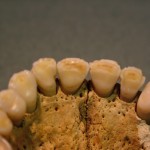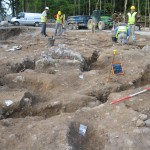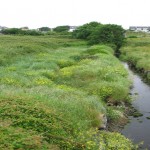DUNMORE EXCAVATION 2006
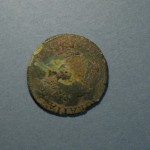
Back in our pre-blog days in 2006 and into the beginning of 2007 (perhaps the boomiest of the boom years), we completed our biggest excavation to date at Dunmore, Co. Galway. We haven’t blogged the results until now and we’ll be posting the results over the coming days. First off – an introduction. The excavation […]
BRONZE AGE SETTLEMENT IN ORANMORE
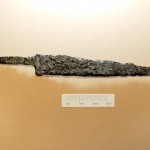
This post is more from a series of posts on the exciting results of excavations carried out by Moore Group at Pairc and Clochair, Oranmore, County Galway between 2008 and 2010. A number of sites were excavated in advance of construction of a new supermarket and associated access and other services. This time – a […]
EXCAVATIONS AT ORANMORE
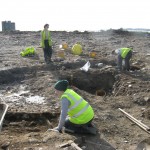
This is the first of a series of posts on the exciting results of excavations carried out by Moore Group at Pairc and Clochair, Oranmore, County Galway between 2008 and 2010. A number of sites were excavated in advance of construction of a new supermarket and associated access and other services. Today we’ll describe the […]
Drumaskibbole Fulacht Part 2
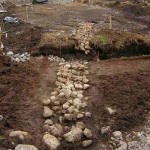
Author of original report and Site Director: Tom Rogers During Construction works for the realignment of the R284 from Drumaskibbole to Ballygawley in County Sligo, Tom Rogers of Moore Group excavated a fulacht fiadh and two stone trackways (along with a number of assorted other features). This is part 2 of a 2 part post […]
Drumaskibbole Fulacht Part 1
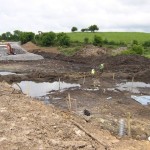
Author of original report and Site Director: Tom Rogers During Construction works for the realignment of the R284 from Drumaskibbole to Ballygawley in County Sligo, Tom Rogers of Moore Group excavated a fulacht fiadh and two stone trackways (along with a number of assorted other features). Slightly south of Drumaskibbole the road bends sharply, first […]
More on the Barnhill Roundhouse
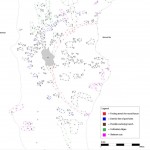
Part one of the Roundhouse report here… The round house was basically defined by an inner semi-circular, contiguous footing trench with a single outer ring of postholes. Unfortunately the entire site to the east had been excavatedby machine for the foundation of the reservoir leaving only the western half of the house remaining. The internal […]
Long list of references
This is the third part of a three part post on excavations carried out at Barnhill, Co. Clare. The first part is here and consists of details of a Bronze Age Round house which was excavated. The second part is here and is a detailed osteological report prepared by Sarah Porteus for Moore Group. This […]
Eyre Square leather
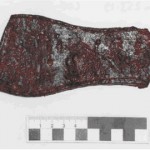
AUTHOR: Billy Quinn Introduction Forty four worked leather pieces were retrieved from the Market House excavation (for more on the excavation see here) during the course of the Eyre Square Re-enhancement Project between the 3rd and the 18th of November 2004. Most of the fragments were retrieved from a rectangular sondage (approx 8m x 2m) […]
19th Century Burial in Ireland IV
Conclusion and bibliography.. Conclusions The excavations in the cemetery attached to the Union workhouse of Manorhamilton and the former Connaught Asylum yielded a substantial skeletal population sample that was statistically viable for osteological analysis and offered important information on demography, disease and diet in 19th century institutions. Although there is little evidence to date the […]
19th Century Burial in Ireland – Part III
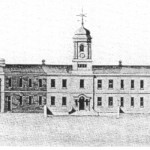
Part III of our paper in the JIA. St Brigid’s Hospital, Ballinasloe A second excavation of 19th Century burials was carried out within the grounds of St Brigid’s Hospital, Ballinasloe, County Galway in August 2002. Part of the grounds had been acquired by Galway County Council for the construction of a slip road and burials […]
19th Century Burial in Ireland – Part II
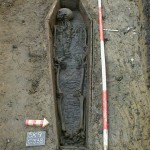
Part II – Manorhamilton Workhouse (see part I for authors and introduction, here for Part III, the Connaught Asylum in Ballinasloe and part IV for the conclusion and bibliography). Background to Manorhamilton Workhouse Despite a considerable slowing of the growth rate after 1820, the population of Ireland trebled in the century preceding the famine (O’Grada […]
19th Century Burial in Ireland – Part I
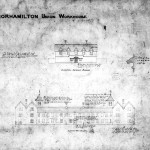
From last years Journal of Irish Archaeology, we’re posting below part 1, the introduction, of our paper on 19th century burial practices in Ireland. The sections on Manorhamilton and Ballinasloe will follow. Two glimpses of 19th-Century institutional burial practice in Ireland: a report on the excavation of burials from Manorhamilton Workhouse, County Leitrim and St […]
Not the Large Hadron Collider, just a wheel
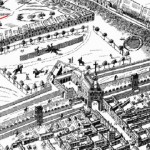
Here’s object number two in our virtual museum – a late medieval wheel from Galway City. As with the palstave, we’ve also presented a brief report on the find including a description of the circumstances of its finding. Although it’s a somewhat less spectacular object, it’s one of those rare pieces which reflect everyday life […]
Pole-axed in 13th century Eyre Square
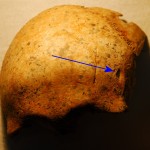
Specially for the Races, here’s our breaking news about how visitors were treated in our pleasant town in the 13th century. We Irish pride ourselves on our supposedly hospitable and open nature, our open house, kettle always on the boil, door always open, receptive ways. But we may not always have been so pleasant to […]
Boatwash Review
Posted by Eoghan, Moore Marine In 2006, in conjunction with University College Cork Hydraulics and Maritime Research Centre and Aquatic Services Unit, Orla Power for Moore Marine worked on the cultural heritage impacts as part of the ‘Literature review on the impacts of boat wash on the heritage of Ireland’s inland waterways’, commissioned by the […]
Eyre Square Excavations Part I
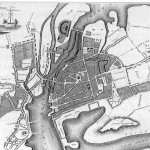
Moore Group was engaged by Galway City Council as the consulting archaeologists for the Eyre Square Re-enhancement Project and from the outset in February 2004 carried out archaeological testing and monitoring of groundworks. A number of excavations were carried out during the scheme. Some post-excavation is ongoing and a final report will be prepared soon. […]
Tayleur Wreck

Posted by Eoghan Published previously on Moore Marines blog and originally published in the Bulletin of the Australasian Institute for Maritime Archaeology in 2004, we’ve posted below Eoghan’s paper by way of commemorating 154 years since the sinking of the Tayleur in January 1854. Tayleur, a victim of technological innovation On 21 January 1854, the […]
Tramore Wreck

The second of the Moore Marine Posts, posted by Eoghan: Historic Map indicates cause for Tramore Shipwreck During the course of archaeological monitoring of the Tramore Sewerage scheme, the remains of a previously unrecorded timber vessel was uncovered and investigated by a team from Moore Marine. These remains were located c.1km east of Tramore promenade, […]
Postscript on the degradation of spent grain
We’ve done just a quick web search for ‘degradation of spent grain’ and encountered this – an extract from a World Intellectual Property Organization site concerning the invention of a process to isolate a protein concentrate and a fibre concentrate from fermentation residue, in particular from fermentation residue that is obtained from an ethanol producing […]
Early Christian Settlement at Corofin
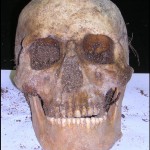
The discovery by Moore Group archaeologists of the skeletons of 58 people, believed to date from Early Christian times at Corofin, Co. Galway, provides the first palpable evidence of a previously unknown early settlement in the area. The find was made during development work for a housing estate in 2006. Tom Rogers of Moore Group […]
Tayleur Wreck
Originally published in the Bulletin of the Australasian Institute for Maritime Archaeology in 2004, we’ve posted below Eoghan’s paper by way of commemorating 154 years since the sinking of the Tayleur in January 1854. Tayleur, a victim of technological innovation On 21 January 1854, the British-built Iron Clipper, Tayleur was wrecked on Lambay Island, 21 […]

